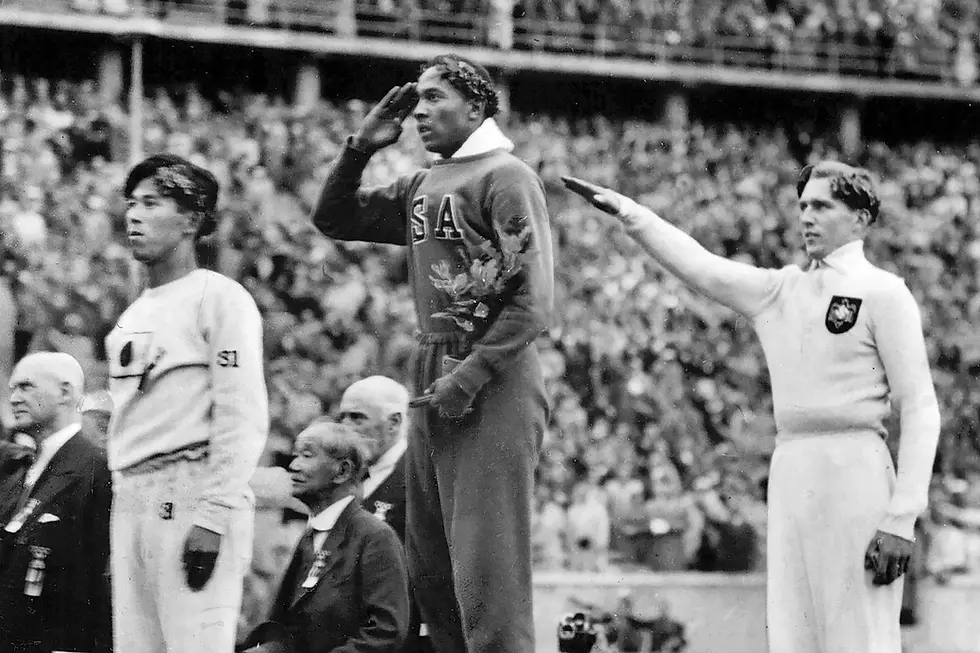The Black Death Pandemic (1347–1351): How the Plague Reshaped History
- demacedogroup
- Jul 24
- 2 min read

The Black Death Pandemic: A Turning Point in Human History
The Black Death pandemic of 1347 to 1351 was one of the deadliest events in human history, claiming an estimated 25 million to 75 million lives across Europe, Asia, and North Africa. This catastrophic outbreak of the bubonic plague not only decimated populations but also triggered profound social, economic, and cultural transformations. Let’s delve into the origins, spread, and lasting impact of this historic pandemic.
Origins of the Black Death
The Black Death pandemic is believed to have originated in Central Asia, where Yersinia pestis, the bacterium responsible for the plague, was harbored in rodent populations. It spread along trade routes such as the Silk Road, eventually reaching Europe in 1347 via merchant ships docking at Sicilian ports. Rats and fleas carried the plague bacterium, transmitting it to humans and sparking an unprecedented health crisis.
How Did the Black Death Spread?
The Black Death spread rapidly due to a combination of:
Trade Networks: Extensive trade routes allowed infected individuals and goods to carry the disease across continents.
Urban Crowding: Overcrowded cities with poor sanitation provided the perfect breeding grounds for rats and fleas.
Lack of Medical Knowledge: Medieval medicine was ill-equipped to combat the disease, leading to ineffective treatments and widespread panic.
By the time the pandemic subsided in 1351, nearly a third of Europe’s population had perished, altering the continent’s demographic landscape forever.
The Social and Economic Impact of the Black Death
The Black Death’s impact went far beyond the immediate loss of life. It fundamentally reshaped society in several ways:
Labor Shortages: With a significant portion of the population dead, labor became scarce, leading to higher wages for peasants and workers.
Feudalism Decline: The pandemic weakened feudal structures, as serfs demanded better conditions and began migrating to cities.
Religious Turmoil: Many turned to religion for solace, while others blamed the Church for failing to prevent the catastrophe, leading to a shift in spiritual and societal dynamics.
Cultural Flourishes: A heightened awareness of mortality inspired artistic and literary works that reflected the era’s collective trauma.
How the Black Death Changed History
The aftermath of the Black Death marked the beginning of significant societal changes:
Advancements in Medicine: The pandemic underscored the need for medical improvements, laying the groundwork for future discoveries.
Economic Growth: The redistribution of wealth and resources led to economic revitalization in some areas.
Modernization: As traditional structures crumbled, the stage was set for the Renaissance, a period of cultural and intellectual rebirth.
Lessons from the Black Death Pandemic
The Black Death serves as a stark reminder of how pandemics can reshape societies. Its lessons remain relevant in today’s globalized world, particularly in understanding the importance of public health, rapid response, and international cooperation during outbreaks.
Conclusion
The Black Death pandemic of 1347–1351 was a pivotal event in history, leaving an indelible mark on the world. From its devastating toll to the transformations it catalyzed, the pandemic’s legacy continues to influence how we understand and respond to global health crises today.
Stay curious about history’s turning points, and don’t forget to share this post to spread awareness about one of humanity’s most transformative eras!





















Comments